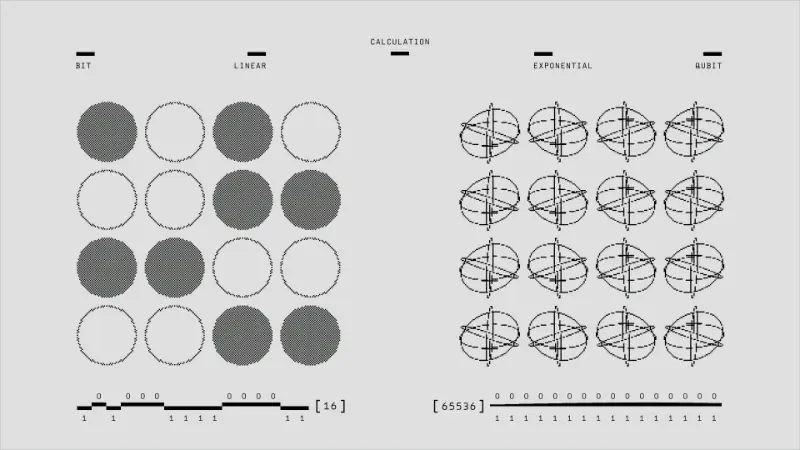How to Use Word2Vec for Text Classification
Text classification is one of the most fundamental tasks in natural language processing, and Word2Vec has revolutionized how we approach this challenge. By converting words into dense vector representations that capture semantic meaning, Word2Vec enables machine learning models to understand text in ways that traditional bag-of-words approaches simply cannot match. In this comprehensive guide, we’ll … Read more







